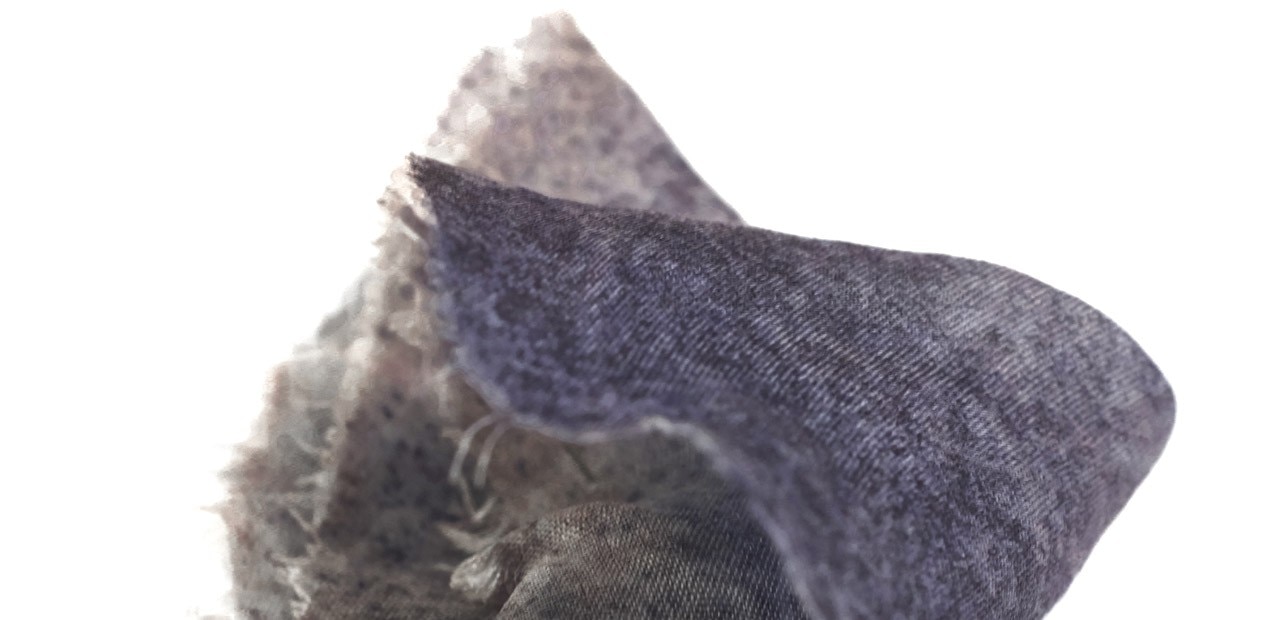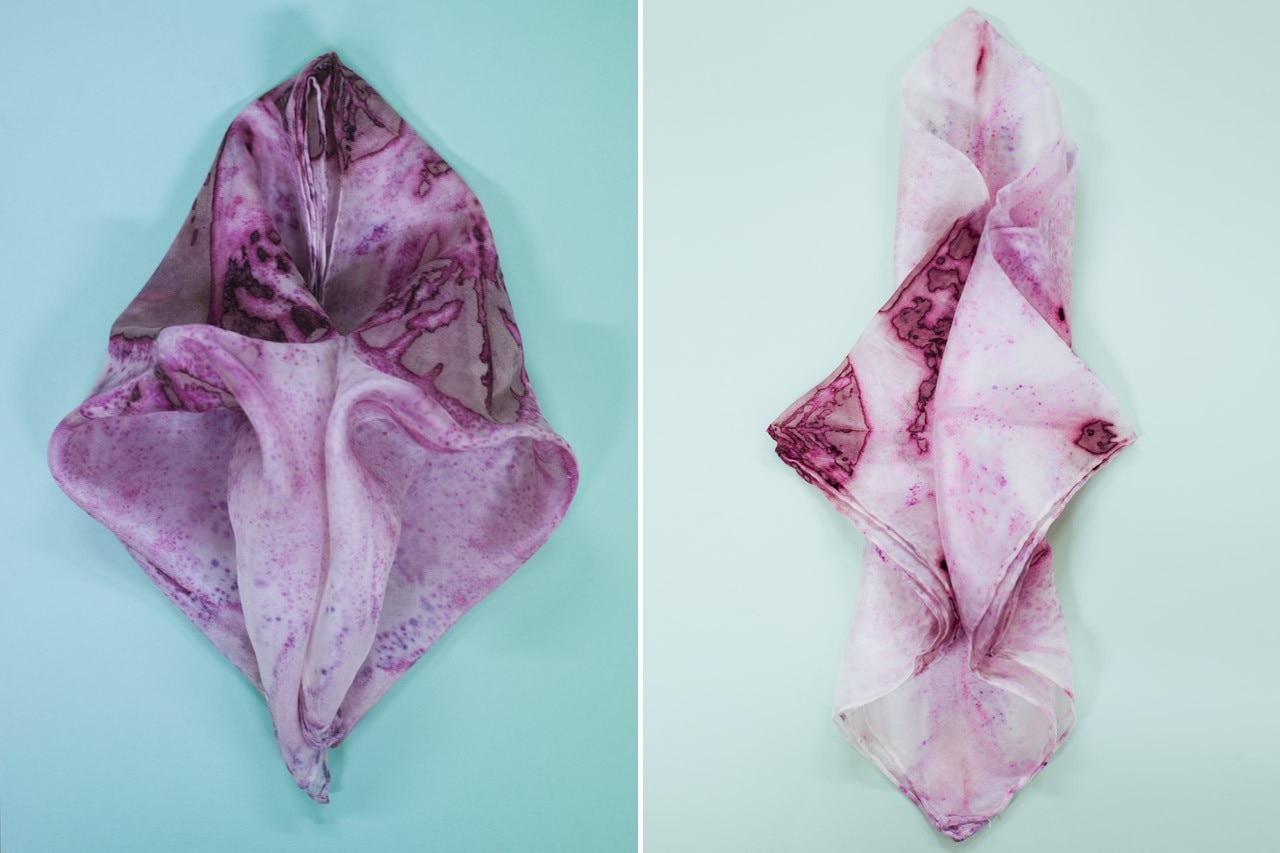The creative application of emerging biotechnologies in design has begun to influence how we perceive our material world, boldly suggesting a conceivable balance between the industrialised world and the preservation of our natural ecology.
Faber Futures: Fold
Can biological systems co-author with design to generate new technologies that offer a sustainable material paradigm? With her project Natsai Audrey tries to answer this question.

View Article details
- 20 December 2014
- London
Embedding humanities practitioners in areas of scientific research and vice versa, could be key to realising aspects of this utopian ideal.

Faber Futures is an on-going collaborative research project that asks if designing with living systems offers a better material paradigm for the design landscape. The project aims to combine design thinking with microbiology to establish microorganisms as component production systems that offer sustainable alternatives to existing polluting industrial processes. Key research explorations have inspired the development of a protocol that captures pigment secreted by Streptomyces bacteria to dye textiles. By harnessing their naturally ability to produce pigments, Natsai Audrey have established a reliable manufacturing method that permanently transfers a colourfast biopigment without the use of chemical fixatives.
Mastering the fundamentals of laboratory protocol has been a vital enabling factor for the designer to create working prototypes that respond to nuanced consumer needs. When merged with the design hand, the creation of these artefacts suggest that scaling production for a hypothetical consumer market can be a factor of design-centred interventions, as much as the potential application of synthetic biology.
Faber Futures: Fold
Design: Natsai Audrey